|
|
Below: Sailboats and fishing boats in
the Harbor. |
|
|
|
Below plaque: Tuna Fleet Service, World War II (1941-1945) Inscription.
During World War II, 600 fishing vessels were taken by the Navy, Army, and Coast Guard, including 52 “Tuna Clippers”.
On Pearl Harbor Day, the U.S. canned tuna industry was located almost
exclusively in Southern California, and canners received most of their
tuna from “baitboats”. Fishermen on these boats chum live
bait (sardines, anchovies) to attract the tunas into a feeding frenzy
and then rig bamboo poles to pull the hooked tunas aboard. Dating from
1924, a fleet of large “baitboats” was developed and became
known as “Tuna Clippers”. These large ships, equipped with
powerful diesel engines and newly developed brine refrigeration, fished
for tunas found migrating thousands of miles from San Diego on trips
of 90 days or more. During the 1930s, this San Diego high seas fleet
was studied by the U.S. Navy, resulting in wartime plans that included
the conversion of Tuna Clippers to minesweepers.
At the time Pearl Harbor was attacked, there were 90 vessels in the California baitboat fleet, including 76 Tuna Clippers plus 3 under construction. The 49 Tuna Clippers taken by the Navy and 3 by the Army represented about 55% of the fish carrying capacity of the entire bait boat fleet.
|
|
|
The second USS San Diego (CL-53) was an Atlanta-class light cruiser of the United States Navy, commissioned just after the US entry into World War II, and active throughout the Pacific theater. Armed with 16 5-inch/38 cal DP anti-aircraft guns and 16 Bofors 40 mm AA guns, the Atlanta-class cruisers had the heaviest anti-aircraft broadside of any warship of World War II.
San Diego was the second most decorated US ship of World War II, being awarded 18 battle stars, and was the first major Allied warship to enter Tokyo Bay after the surrender of Japan. Decommissioned in 1946, the ship was sold for scrapping in December 1960. |
Below: The USS San Diego Memorial at
Tuna Harbor |
|
|
|
|
|
|
|
|
|
 |
Below: A 4-sided Aircraft Carrier Memorial |
|
United States Aircraft Carrier Memorial “The air fleet of an enemy will never get within striking distance of our coast as long as our aircraft carriers are able to carry the preponderance of air power to sea," Rear Admiral W. A. Moffett, USN, 1922
The advent of the aircraft carrier revolutionized modern naval warfare. This memorial was conceived by aircraft carrier veterans to honor this nation's carriers and the personnel who proudly served aboard them. Powered by the human soul, these ships changed the course of history.
This site is known as the Old Navy Fleet Landing where countless thousands of servicemen boarded boats that transferred them to their ships.
The names of all U.S. Navy aircraft carriers and their hull numbers are inscribed hereon from the smallest to the largest. Every flattop is of equal distinction - none above the other. The personnel who manned, fought and in some cases perished aboard these ships were and are a part of the finest Navy and Marine Corps in the world.
Dedicated this
Seventeenth day of February
Nineteen hundred and ninety three.
Above
quote from http://www.hmdb.org/marker.asp?marker=61543 |
|
|
|
|
|
The Greatest Generation Walk - A Commemoration of Military Heritage through Art |
This monumental public artwork provides long overdue commemoration of the distinguished service of the cruiser USS San Diego and her crew, serving as a perpetual reminder of their selfless contribution to victory in World War II. The memorial is an original artwork designed by noted sculptors Eugene Daub and Louis Quaintance for the USS San Diego (CL53) Memorial Association, which is donating it to the Port District for the benefit of the people of San Diego. The memorial's complimentary components serve to remember, inform, illustrate and inspire. |
|
|
Below: Inscriptions on the inner panels contain historical details and a summary of the San Diego's accomplishments, including a list of major actions she participated in between 1942 and 1945, from Guadalcanal to Tokyo Bay. Campaigns for which battle stars were earned are so indicated, correlating to the brass stars on the map. The names of all the officers and men who served on the ship are engraved on two polished granite panels. Above these appears a simple inscription, an excerpt from Admiral Halsev's congratulatory message to his fleet after its pivotal victory in the Naval Battle of Guadalcanal: "You have written your names in the golden pages of history and won the underlying gratitude of your countrymen." |
|
Below: The south side (back) of the memorial's
terra cotta wall features dramatic artwork by Eugene Daub and Louis
Quaintance that depicts the San Diego in action at sea. The artist's
life-size bronze sailor sculpture on the opposite side of this wall,
overlooking the Pacific map, is the humanizing focal point of the memorial.
The sailor represents all the crewmen who served on the San Diego and
is emblematic as well of all sailors who served in World War II. He
is shown in relaxed battle dress, perhaps after a major action or long
hours on watch or at general quarters. Though appearing weary and exhausted,
he remains undaunted and resolute. |
|
|
|
Below: The "Taffy 3" Memorial, with text of its Presidential Unit Citation and identification of its various units, is immediately behind the Sprague bust. The museum aircraft carrier, USS Midway (CV-41), is seen in the background. |
|
|
Clifton A. F. Sprague, Vice Admiral, USN -
Born 8 January 1896 - Died 11 April 1955
Navy Cross for the 25 October 1944 action off Samar. Admiral Sprague was aboard the escort carrier, USS Fanshaw Bay during this engagement.
Legion of Merit Medal for his command of the USS Wasp.
Gold Star in lieu of second Legion of Merit for the Morotai landings.
Gold Star in lieu of third Legion of Merit for the Iwo Jima and Okinawa operations.
Gold Star in lieu of fourth Legion of Merit for Operation Crossroads.
Presidential Unit Citation to Task Unit 77.4.3, the escort carriers and screen he commanded off Samar.
Philippine Presidential Unit Citation to Task Unit 77.4.3.
The guided missile frigate USS Sprague (FFG-16) was launched at Bath, Maine, on 13 February 1980.
Inducted into the Carrier Aviation Hall of Fame in Charleston, South Carolina, on 13 October 1985.
Admiral Clifton A. F. Sprague led the thirteen ships of Task Unit 77.4.3 (known as Taffy 3) in a decisive battle against a vastly superior Japanese task force of battleships, cruisers, and destroyers on 25 October 1944.
|
|
Menu
for the two RV Gypsies in California. You may view these 4 sections
in any order you choose. There is also a link to Oregon at the bottom
of this page.
You do not have to return here to continue from page to page because
there is a link at the bottom of each page for further navigation. |
Section
1 of 4: San Diego |
|
|
USS Midway (CV-41)
and several memorials (this page) |
|
|
|
|
|
|
|
|
|
|
Section
2 of 4: Los Angeles County |
|
|
|
Section
3 of 4: San Francisco |
|
|
|
|
Section
4 of 4: The Redwoods - Giant trees and more |
|
|
|
|
|
|
|
|
|
|
|
|
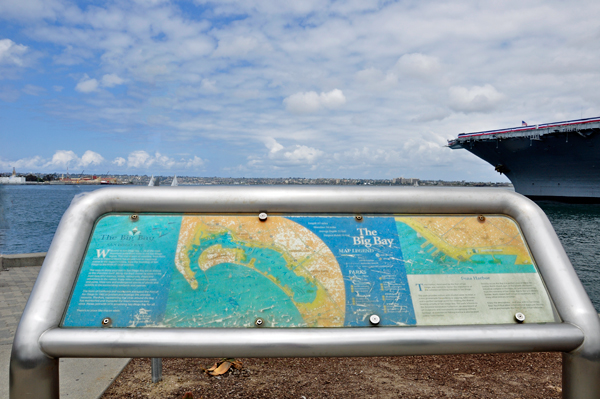
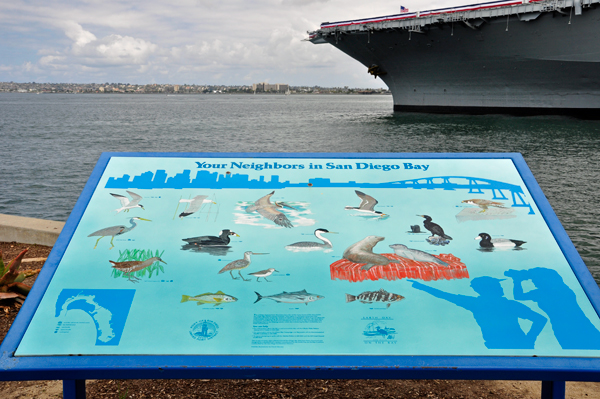
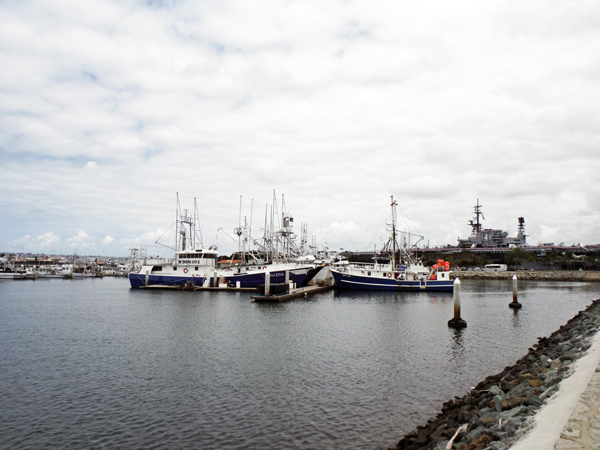
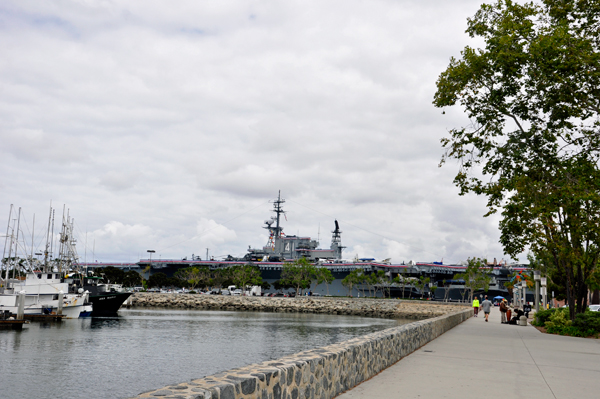

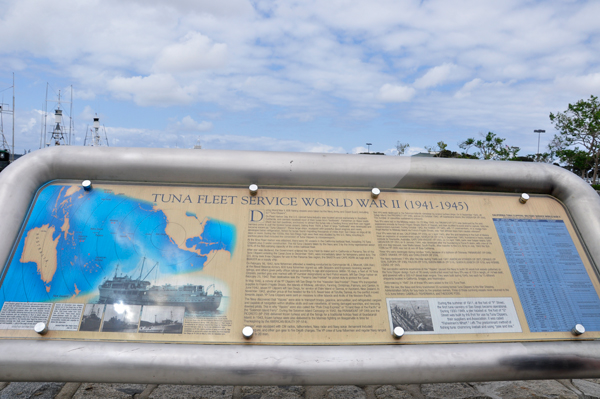

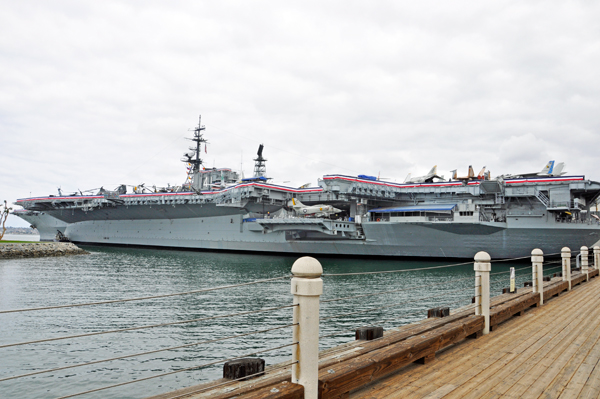
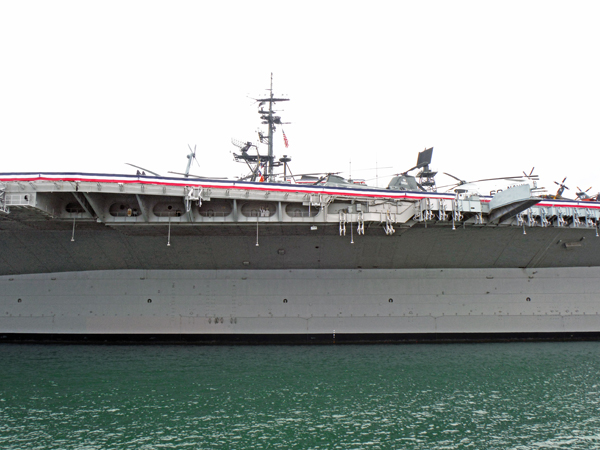
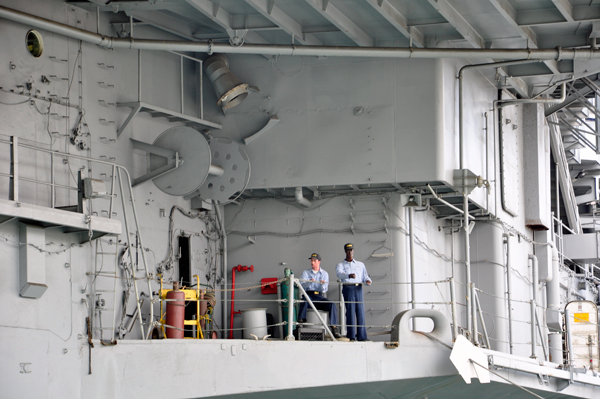
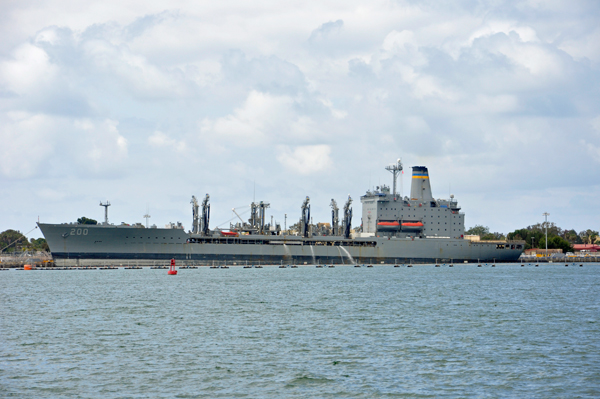
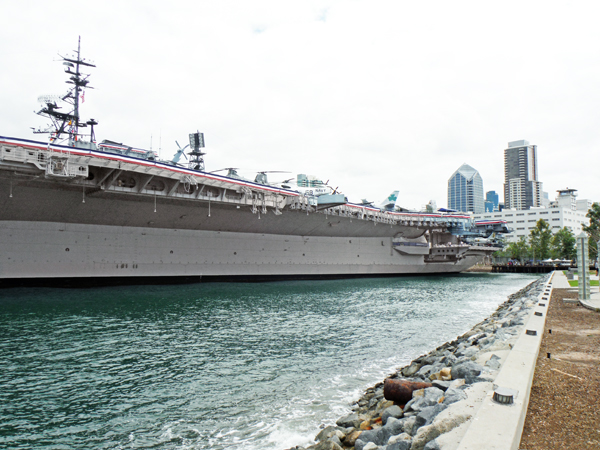
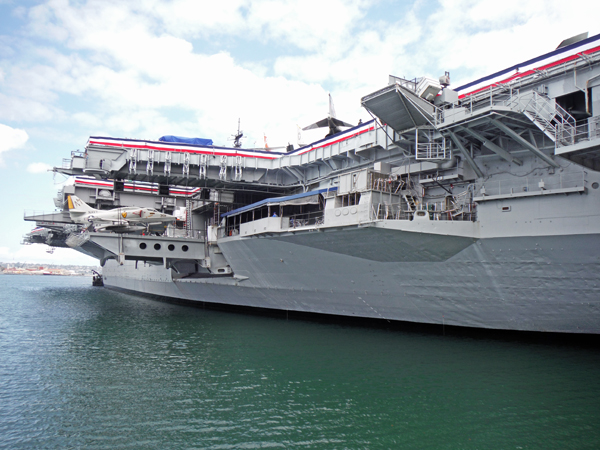
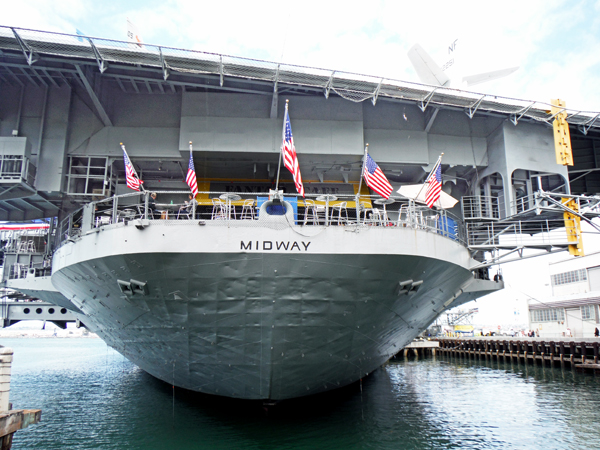
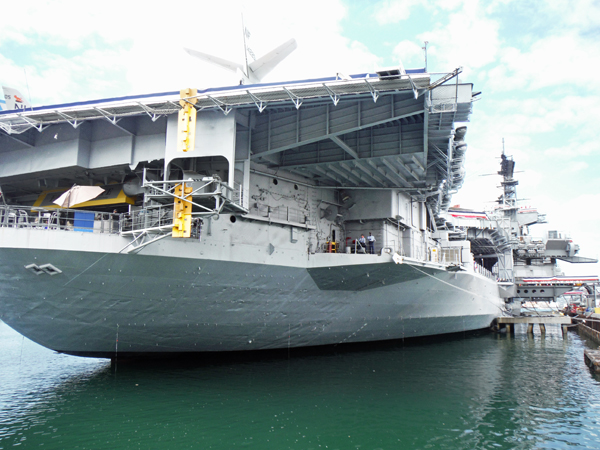
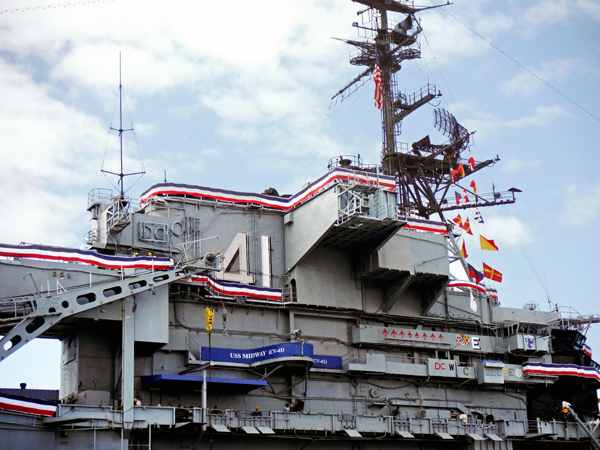

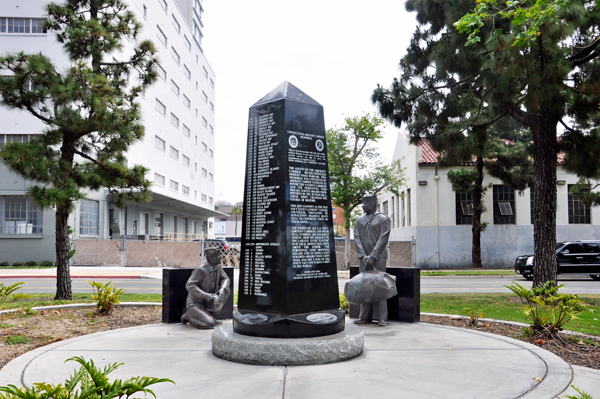
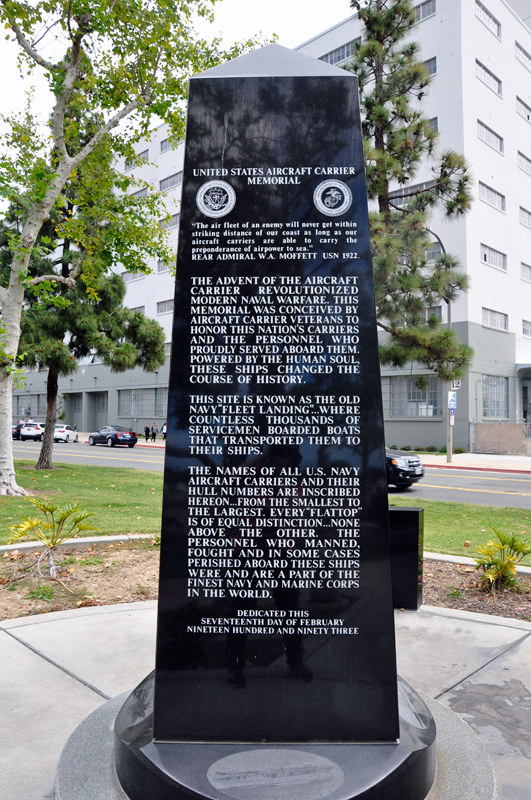
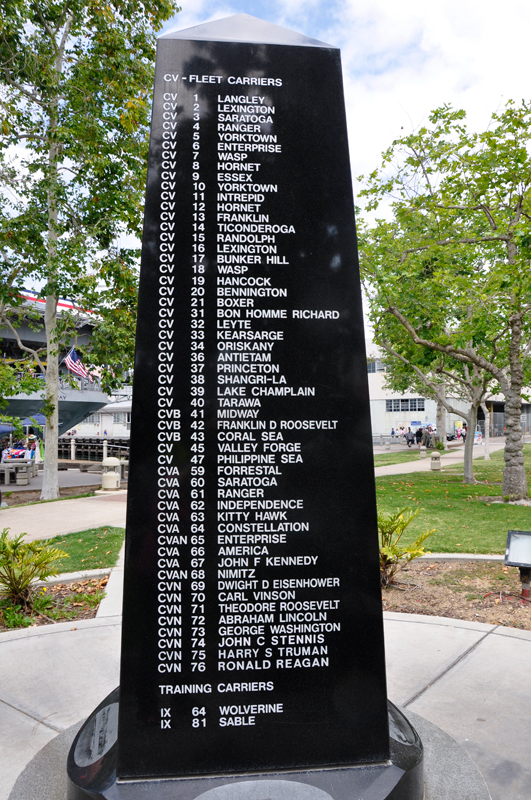
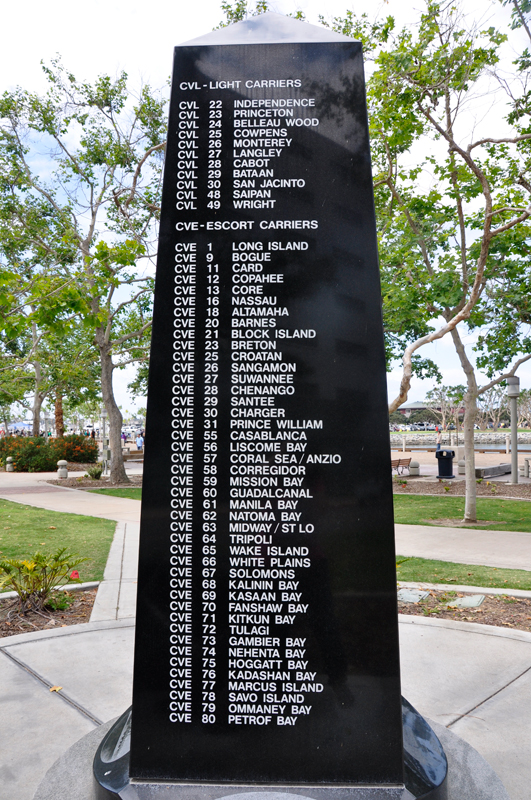
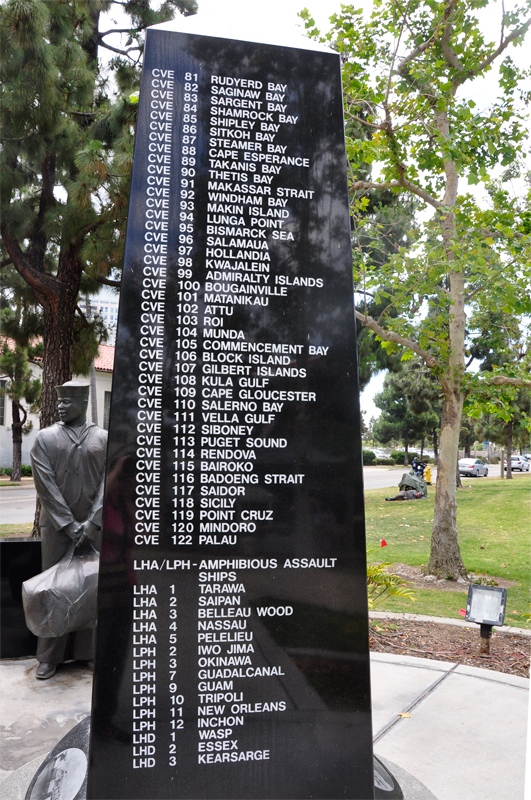

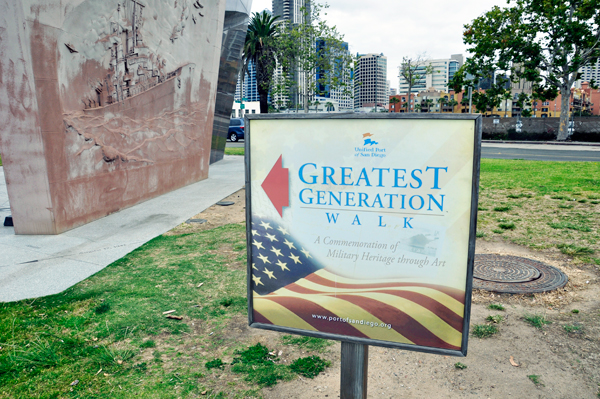
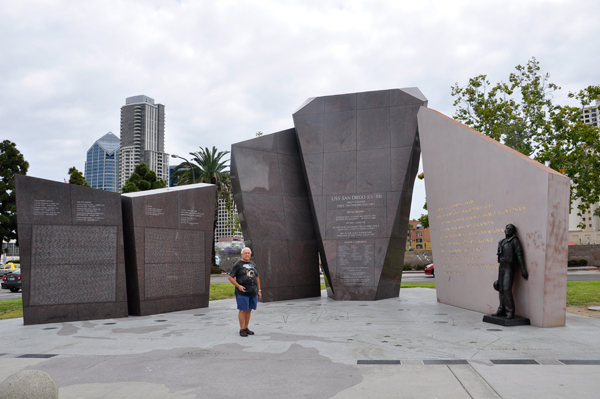
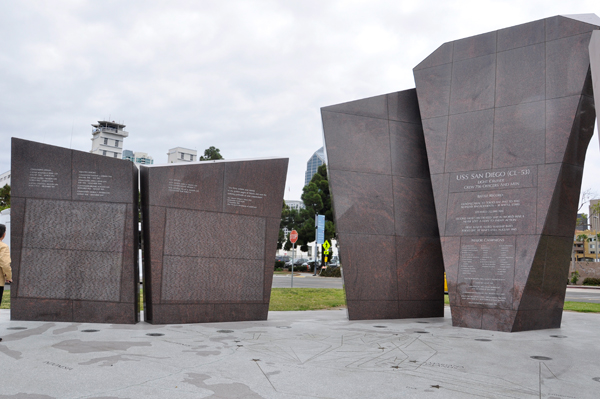
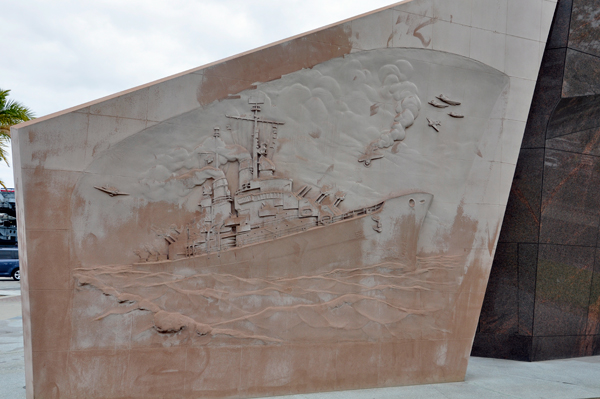
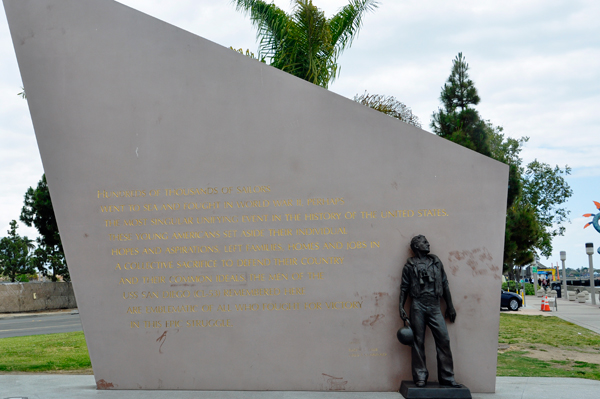

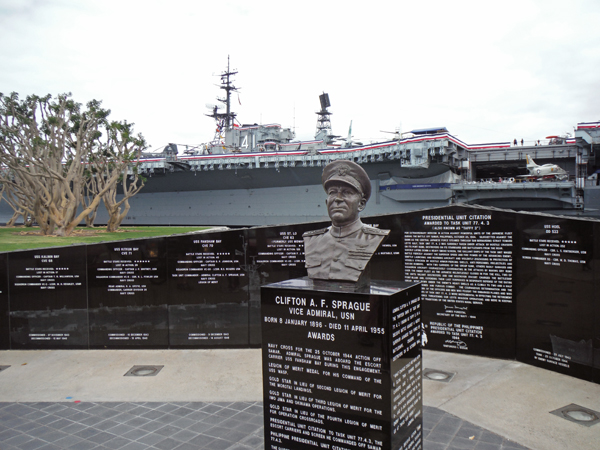
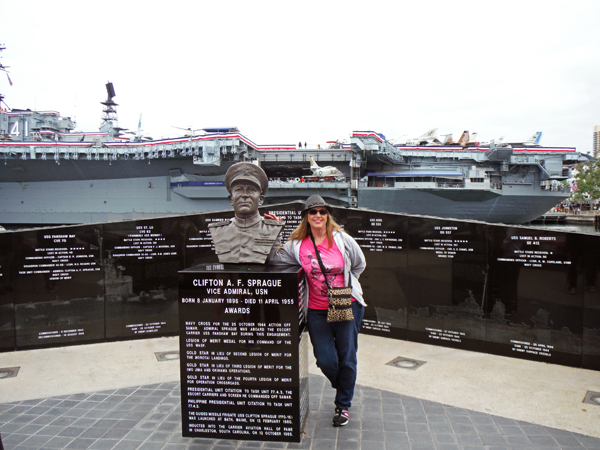

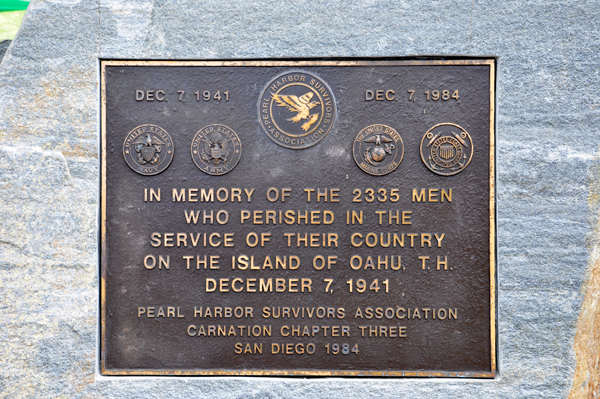
























 AFTER
you have viewed all of the above sections,
AFTER
you have viewed all of the above sections, 
